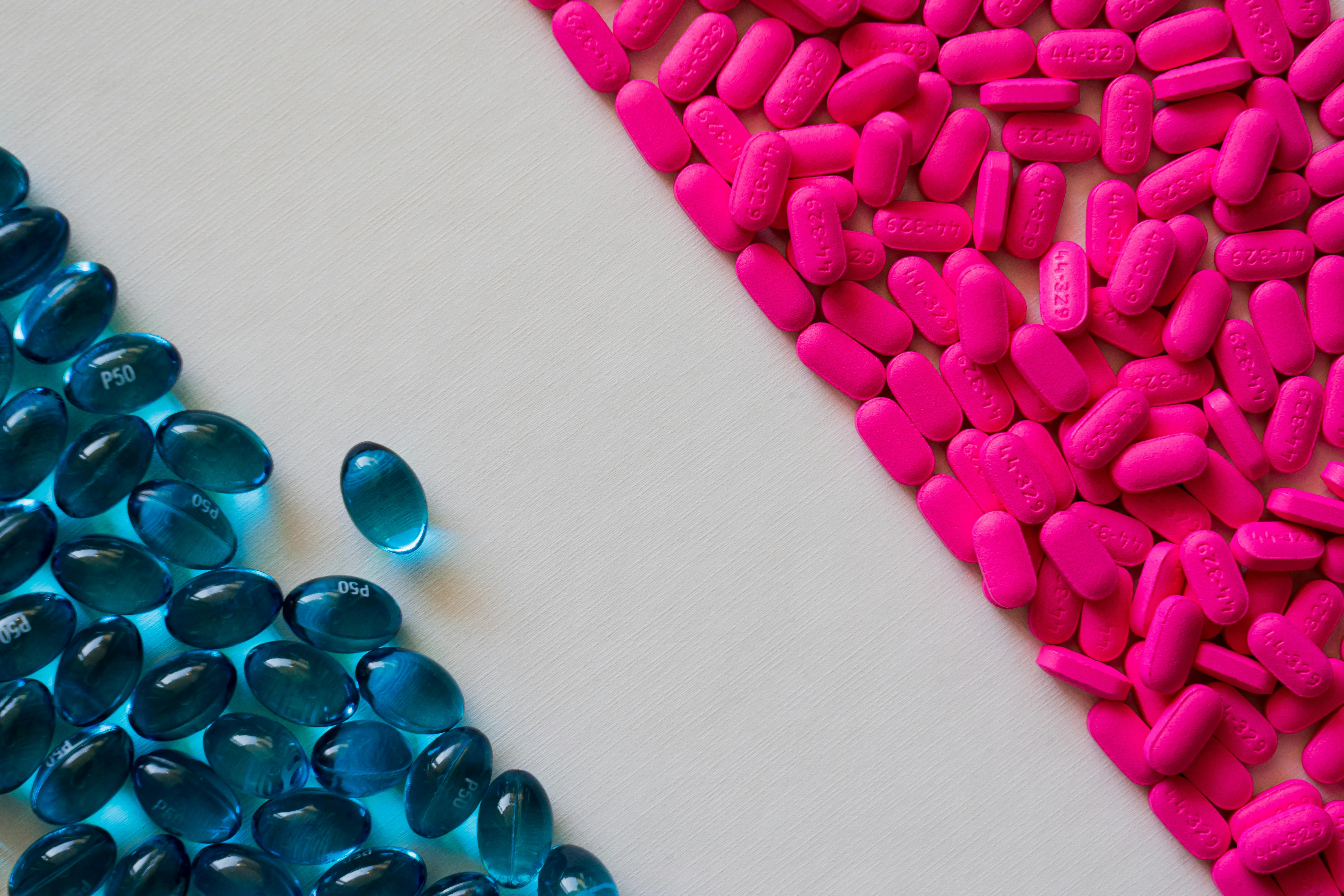How to Effectively Stop Chafing: Proven Tips for 2025

How to Effectively Stop Chafing: Proven Tips for 2025
Chafing is a common issue many individuals face, particularly during exercise or prolonged activity. It occurs when skin rubs against skin or clothing, leading to irritation and discomfort. Learning how to effectively stop chafing is essential for maintaining skin health, especially for those who lead active lifestyles. The impact of sweat, humidity, and friction can exacerbate this problem, making it crucial to understand prevention strategies and available remedies.
In this article, we will explore various chafing solutions, effective prevention tips, and the best anti-chafing products for 2025. We'll dive into different types of chafing, including chafing in thighs, underarms, and during running, and provide you with practical advice on how to manage and reduce skin friction. By focusing on effective strategies, you can minimize discomfort and enhance your overall performance in sports and daily activities.
Key takeaways from this guide include understanding the causes of chafing, identifying the best practices to prevent chafing, and discovering remedies that can provide relief. Let’s get started!
Understanding Chafing: Causes and Common Areas
Before we address how to stop chafing, it's crucial to understand what causes it. Primarily, chafing occurs due to repeated friction on the skin, usually exacerbated by moisture from sweat. Common areas affected include the inner thighs, underarms, and areas where clothing may rub against the skin, particularly during physical activities.
Identifying Common Chafing Areas
The most frequent spots for chafing include:
- Thighs: Chafing in thighs often arises from the skin rubbing against itself or clothing, especially while walking, running, or cycling.
- Underarms: Activities that cause arm movement can lead to irritation in the underarm area, often made worse by tight clothing or sweat.
- Feet and Toes: Rubbing of shoes against the feet, particularly during long walks or runs, can result in painful blisters.
- Groin and Buttocks: These areas are prone to chafing due to constant movement and contact with clothing.
Factors Contributing to Chafing
Several factors can increase the likelihood of chafing:
- Moisture: Sweat increases lubrication but can also soften skin and increase friction, leading to irritation.
- Temperature: Humid weather can promote sweating, while hot conditions can increase overall friction.
- Body Weight: Individuals with higher body mass may experience increased chafing due to more skin surfaces rubbing together.
- Clothing Materials: Certain fabrics can intensify friction, which is why choosing the right clothing can make a significant difference.
With an understanding of how chafing occurs, we can now explore effective prevention strategies to help maintain skin health.
Top Chafing Prevention Tips
Preventing chafing requires a proactive approach involving lifestyle changes and product use. Knowing how to avoid chafing during activities like running or cycling can ensure a more comfortable experience.
Selecting the Right Clothing to Prevent Chafing
Choosing ideal fabrics is a fundamental step in chafing prevention. Opting for moisture-wicking fabrics helps pull sweat away from the skin, lowering skin friction. Materials such as polyester, nylon, and spandex work well in managing moisture and providing stretch for comfort.
Using Anti-Chafing Products
Incorporating anti-chafing products into your routine can significantly reduce your chances of experiencing discomfort. Some effective solutions include:
- Anti-chafing creams and balms: Products like Body Glide are specifically designed to create a barrier on the skin, preventing friction.
- Anti-chafing underwear: Specialized apparel that helps prevent chafing by offering a snug fit and moisture management can be a game changer.
- Soothing ointments: Natural remedies for chafing can include creams with aloe vera or calendula to soothe irritated skin.
Adapting Your Activity Approach
For those who regularly engage in physical activities, implementing changes in your routines can help with chafing prevention:
- Stay hydrated: Regular hydration helps maintain skin health, which can alleviate irritation caused by sweat.
- Take breaks: If you start to feel discomfort, taking short breaks can help minimize prolonged friction.
- Wearing loose-fitting clothing: While form-fitting garments are often preferred in sports, loose clothing can decrease the contact area that leads to chafing.
Chafing Remedies: Immediate Relief Options
When chafing does occur, having effective treatment options is essential for swift recovery. Let's explore some of the best chafing treatment strategies available.
Immediate Treatment Techniques
To relieve chafing pain:
- Keep the area clean: Gently cleanse the affected area to avoid infection.
- Apply soothing ointments: Aloe vera gel or over-the-counter hydrocortisone cream can provide relief.
- Allow for air exposure: Keeping the area dry and exposed can promote healing.
Long-term Solutions for Managing Chafing
For those frequently dealing with chafing, consider:
- Pursuing a skincare routine: Regularly applying hydrating lotion and pH-balanced products may help improve your skin's resilience.
- Choosing the right gear: Using high-quality anti-friction products and appropriate clothing can lessen chances of future irritation.
- Consulting with dermatologists: If chafing is persistent, seeking professional medical advice may be necessary to rule out underlying issues.
Chafing and Skin Care: Maintaining Healthy Skin
Maintaining skin health is paramount in preventing chafing. We will discuss effective skin care practices that contribute to chafing prevention.
Understanding Skin Friction and Protection
Skin friction is a critical factor in chafing. Utilizing body lubrication techniques, such as applying oils or creams, can minimize skin contact and reduce irritation. Selecting products that promote skin barrier protection will help maintain overall comfort.
Understanding the Importance of Skin Hydration
Proper skin hydration is vital for maintaining flexibility and strength. Drinking plenty of water and applying hydrating lotions or skin-friendly products can enhance your skin's natural barrier, reducing susceptibility to chafing.
When to Seek Medical Advice for Chafing
In some cases, chafing can lead to serious skin issues. Knowing when to seek medical guidance is essential for optimal health and recovery.
Signs You Need to See a Doctor
Persistent chafing that does not improve with home treatments may require medical attention. Look out for:
- Signs of infection, such as increased redness, swelling, or discharge.
- Severe pain that interferes with daily activities.
- Chronic chafing that affects multiple areas and doesn’t respond to conventional remedies.
FAQs About Chafing: Expert Answers
Here are some frequently asked questions about chafing along with expert recommendations:
What fabrics should I avoid to prevent chafing?
Avoid wearing cotton-based fabrics as they trap moisture, increase friction, and can cause skin irritation. Instead, opt for moisture-wicking materials.
How can athletes manage chafing during exercise?
Athletes should prioritize body glide products, secure fitting clothing, and frequent hydration to reduce chafing risks.
Are there any home remedies to treat chafing?
Natural solutions include applying coconut oil, aloe vera gel, or vitamin E lotion to soothe irritated areas.
By understanding the impact of moisture, selecting appropriate clothing, and utilizing various chafing remedies, you'll be equipped to tackle chafing head-on. Let's minimize discomfort together!

 ```
```